When is the best time to plant a fall garden in Texas? What can I plant in a fall garden? These are common questions that we will answer in this comprehensive guide to planting a fall garden in Texas. While the specifics of gardening vary depending on your location, there are some general tips that apply to most Texans.
Locating the fall garden
The first step is finding a location for your garden. Fall gardens can be planted in the same spot as your spring and summer gardens, or you can choose a new location. If you’re starting a new garden, look for an area that gets six to eight hours of sunlight per day. The soil should be loose and well-drained so that water doesn’t pool around the plants’ roots.
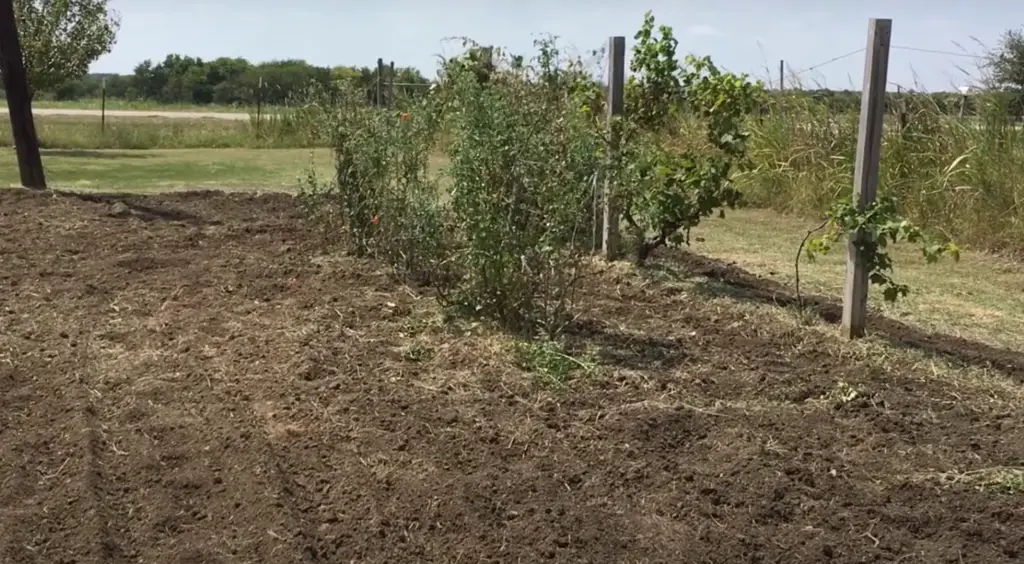
Once you’ve chosen a location, it’s time to start preparing the soil.
Preparing the soil for fall gardens in Texas
Fall is the best time to start a garden in Texas. The weather is cooler and the rainfall is typically less than in spring and summer. However, preparing the soil for planting is just as important in fall as it is any other time of year.
The first step is to test the soil to see what nutrients it contains. This can be done with a simple home test kit or by sending a sample of your soil to a professional laboratory.
Next, you need to add organic matter to the soil if it’s deficient. This can be done by adding compost, manure, or peat moss. You should also add fertilizer according to the results of your soil test.
Planting fall vegetables
Planting fall vegetables in Texas can be a great way to extend your gardening season and enjoy fresh produce well into the autumn months. But with such a large state, it can be difficult to know exactly when to plant your garden. The good news is that there are only a few things you need to consider.
The first step is to figure out what is the average first frost date in your area. In most parts of Texas, this date falls sometime in November. If you live in one of these areas, you have a little more leeway when you plant your garden.
Second, you need to consider the length of the growing season.
However, this can vary depending on where you live in the state. Areas with longer growing seasons will allow you to plant your garden later in the year and still harvest fresh produce into late autumn or early winter. In addition, you might be interested in when is it too late to plant a garden.
Finally, you need to think about what types of vegetables you want to grow in your fall garden. Some vegetables, such as broccoli and cabbage, can tolerate cool weather and even frost without suffering too much damage. Other vegetables, such as tomatoes and peppers, are much more sensitive to cold weather and should only be planted in areas with a long growing season.
In most situations, planting in September or October is ideal. However, if you live in an area with a short growing season, you may need to plant as late as November or December.
Pick the best vegetable varieties for Texas
When it comes to selecting what vegetables to plant in the fall garden, there are a few things to consider. First, you’ll want to make sure that you select varieties that are well-suited to the Texas climate.
One important consideration is the amount of heat that they can tolerate. Many vegetables cannot withstand the high temperatures and long days of summer in Texas, so it’s important to choose varieties that are specifically bred for the climate.
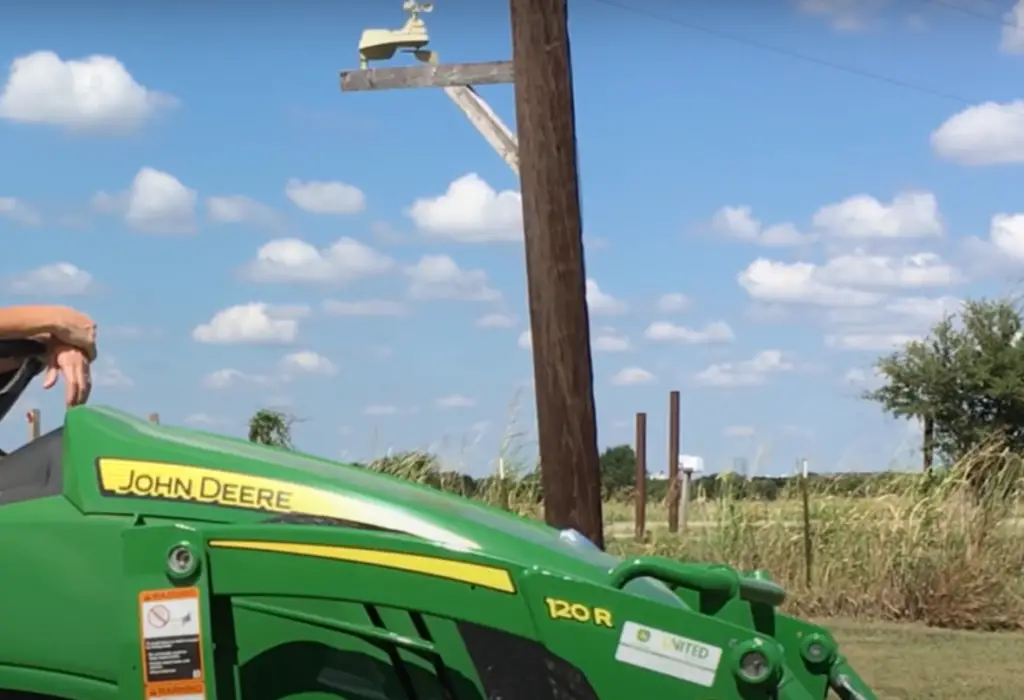
Another factor to consider when choosing vegetables for your fall garden is how long they take to mature. It might take months for some veggies to mature. Other vegetables, like lettuce and spinach, mature much more quickly. You’ll need to decide which types of vegetables you want to grow based on how long you’re willing to wait for them to be ready.
Harvesting fall vegetables
Here are some specific recommendations for vegetable varieties to plant in your Texas fall garden:
Beans, snap
Beans are a warm-season crop, but they can handle a little cool weather and even light frost. You can plant them in late summer or early fall.
So, if you want to harvest beans in October or November, plant them in late August or early September. And if you want to harvest beans in December or January, plant them in mid-September or October.
Here are some recommended bean varieties for Texas:
- Black Turtle Bean
- Bush Lima Bean
- Cannellini Bean
- Great Northern Bean
- Kidney Bean
- Navy Bean (also called Yankee Bean)
- Pinto Bean
- Romano Bean
- Yellow Wax Bean
- Zuni Spear Bean
Beets
Beets can also handle a little cool weather and light frost.
Here are some recommended beet varieties for Texas:
- Bull’s Blood Beet
- Chioggia Beet
- Crosby’s Egyptian Beet
- Detroit Dark Red Beet
- Early Wonder Tall Top Beet
- Lutz Green Leaf Beet
Broccoli
Broccoli is a cool-weather crop that can handle light frost.
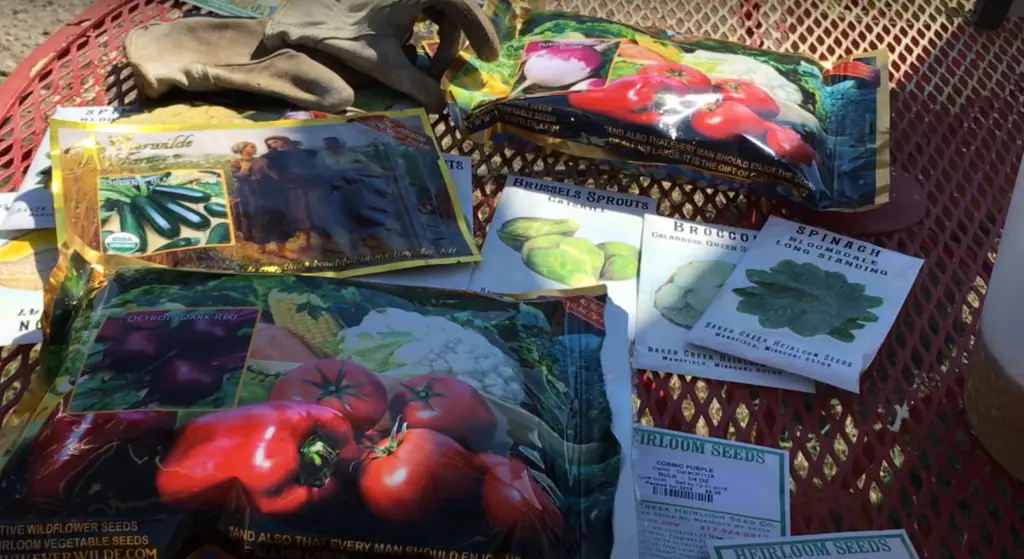
Here are some recommended broccoli varieties for Texas:
- Calabrese Broccoli
- De Cicco Broccoli
- Green Goliath Broccoli
- Waltham 29 Broccoli
- Brussels sprouts, cabbage, and kale
These vegetables love the cooler weather of fall and will do best if planted in early September. They can handle a little frost, so don’t worry if there’s a light freeze in October or November. Just be sure to give them enough time to mature before the really cold weather hits.
Harvesting typically occurs about 70-80 days after planting for Brussels sprouts and 80-85 days for cabbage and kale. But as with all gardening, it’s best to check the maturity dates on your seed packet or plant tag to be sure.
Here are a few tips for growing these veggies:
- Start with transplants rather than seeds for a head start on the growing season. You can find these at your local nursery or garden center.
- Brussels sprouts, cabbage, and kale all need full sun to grow well. So be sure to plant them in an area that gets at least six hours of sunlight per day.
- These vegetables are heavy feeders, so be sure to amend your soil with compost or other organic matter before planting. They’ll also benefit from a side dressing of compost or manure during the growing season.
- To prevent pests and disease, keep your plants well-watered and practice good garden hygiene (like removing debris and weeds).
You can extend the harvest of these veggies into winter by covering them with a floating row cover or frost blanket when cold weather is predicted.
Cauliflower
Cauliflower is a cool-season crop that can be planted in the fall in Texas. The best time to plant cauliflower is from September to October. Cauliflower prefers cooler temperatures and will not tolerate heat well.
To plant cauliflower, start with transplants that are four to six weeks old. Plant the transplants 18 to 24 inches apart in rows that are two to three feet apart. Be sure to water the plants well after planting. Cauliflower needs about one inch of water per week. Apply a layer of mulch around the plants to help retain moisture and keep weeds down.
Carrot
If you want to grow carrots in your fall garden, you should plant them about two months before the first frost date. Carrots are a cool-weather crop and can tolerate some frost, so planting them earlier in the season will give them a chance to mature before the cold weather hits.
Carrots need full sun and well-drained soil to thrive, so make sure to choose a spot in your garden that meets these requirements. You’ll also want to add some compost or other organic matter to the soil before planting to help improve its drainage and fertility.
Cucumber
Cucumber plants love the heat, so they’re a perfect choice for a fall garden in Texas. They’ll continue to produce fruit until the first frost hits. Plant cucumbers in early September for a bountiful fall harvest.
To ensure a successful crop, start cucumber seeds indoors about four weeks before you plan to transplant them outdoors. Cucumber plants need full sun and well-drained soil to thrive, so choose a planting spot accordingly. Water cucumber plants regularly, especially during dry spells. fertilize them every two weeks with a balanced fertilizer to promote healthy growth.
Here are a few of our favorite cucumber varieties to grow in Texas:
- Lemon Cucumber: A small, yellow-green cucumber with a tart, lemony flavor. Perfect for salads and garnishes.
- Pickling Cucumber: A small, green cucumber with thin skin. Ideal for pickling and fermenting.
- English Cucumber: A long, slender cucumber with smooth skin. Great for slicing and eating fresh.
Greens
Greens are one of the most versatile groups of vegetables when it comes to planting time. They can be planted in early spring, late summer, and even early winter. The key is to know which greens do best in which season. For example, spinach and lettuce are cool weather crops that can handle a little frost. On the other hand, kale and collards are tough plants that can withstand colder temperatures. If you’re not sure when to plant your greens, a good rule of thumb is to start them six weeks before the average last frost date in your area.
Peppers
Peppers are one of the most popular vegetables to plant in a fall garden. They come in many different varieties, so you can find one that is perfect for your climate and soil type. Peppers need full sun and well-drained soil. The best time to plant peppers is in late August or early September.
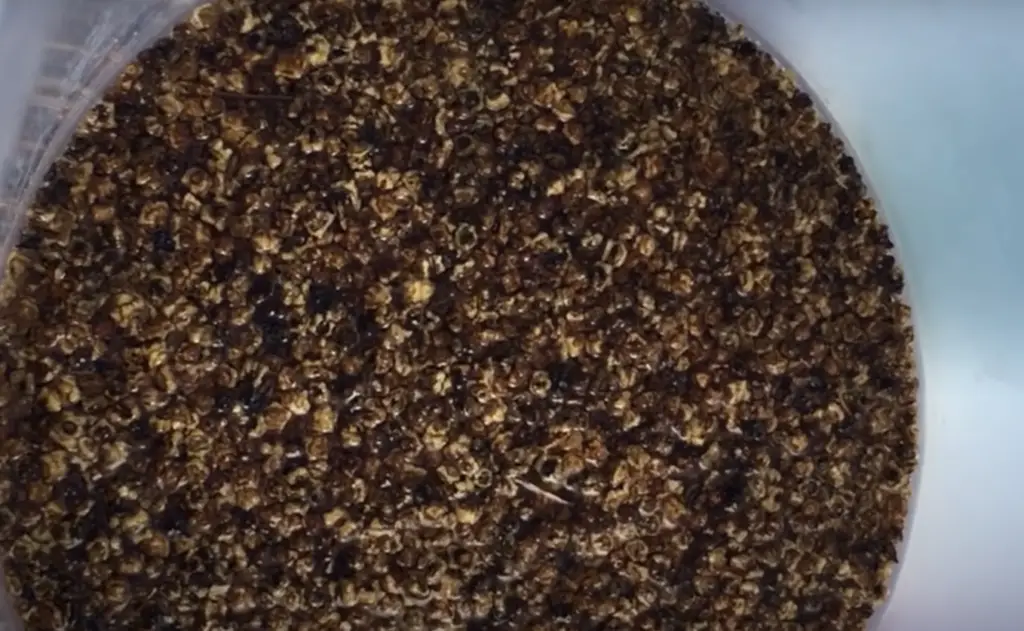
If you want to get a head start on your pepper plants, you can start them indoors about eight weeks before the last frost date. Peppers grown indoors will need to be transplanted into the garden after the last frost date. Be sure to harden off your pepper plants before transplanting them by gradually exposing them to outdoor conditions over a period of seven to ten days. This will help them adjust to their new environment and avoid transplant shock.
Spinach
If you want to get a spinach crop in during the fall, you need to start planting in early August. This leafy green is a cool-weather crop, so it can handle some frost. In fact, spinach actually gets sweeter after a light frost! Just make sure to give it some protection if there’s an extended freeze in the forecast.
Here are some tips for growing spinach:
- Spinach likes well-drained, fertile soil with a pH of around neutral (between about pH of .85 and pH of .05).
- Add compost or other organic matter to your soil before planting.
- Sow seeds about ½ inch deep and thin plants to about 12 inches apart when they are about four inches tall.
- Water regularly, especially during dry spells.
- Harvest spinach leaves when they’re about four inches long. You can cut the entire plant down to encourage new growth, or just pick the outer leaves as you need them.
- To prolong your spinach harvest, keep plants well watered and fertilized.
Spinach is a cool-weather crop that does best in full sun but can also tolerate some shade, making it a good choice for planting in late summer or early fall.
Squash
Summer squash, such as zucchini and yellow crookneck, are usually the first to go in the garden. They can be planted as early as late March or early April, but you’ll want to wait until at least a week after the last frost date. Spring is still pretty chilly in Texas, so it’s best to give these warm-weather plants a little extra time to grow.
If you want to plant winter squash, like acorn or butternut, you’ll need to wait until mid- to late April. These plants take a little longer to mature than summer squash, so you don’t want to plant them too early. By waiting until spring has really sprung, you’ll give your winter squash the best chance to thrive.
Tomato
In Texas, you can plant tomatoes as early as late February. However, if you want to wait until the last frost has passed, you can plant them in mid-March. The best time to plant tomatoes is after the last frost but before the heat of summer sets in. If you plant too early, your plants may not produce fruit. If you wait too long to plant, your plants will be stressed by the heat and won’t produce as much fruit.
If you want to get a head start on the growing season, you can start your tomato plants indoors about six weeks before you plan to transplant them outdoors.
Varieties to grow in Texas
Beefsteak, Big Boy, Early Girl, Goliath, Better Boy, Celebrity, Mountain Pride
When to Plant: Late February-Mid March
Fall is for herbs
If you’re looking to add some seasonal flavor to your cooking, fall is the time to do it. Herbs like sage, thyme, and rosemary are perfect for cooler weather dishes.
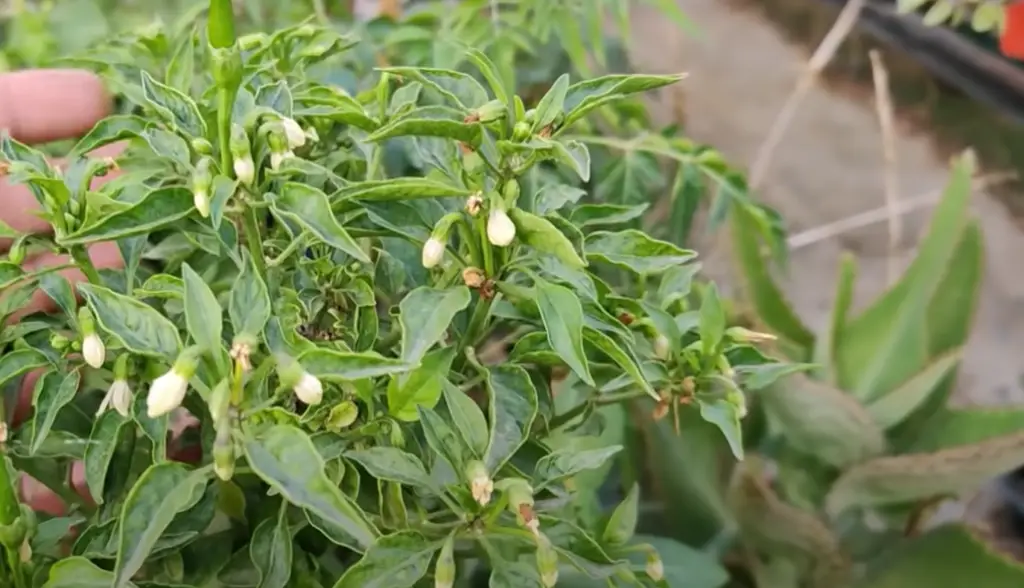
You can also plant cilantro and parsley in September for a fresh harvest later in the season.
Planting and propagation
If you want to get a jump on the spring gardening season, September and October are the perfect months to start planting and propagating. You can sow seeds for hardy annuals, like pansies, sweet peas, and snapdragons. You can also take cuttings from perennials, such as lavender and rosemary, to propagate new plants.
Watering
One of the most important things you can do for your garden in fall is to keep it watered. As the weather cools, the days get shorter, and plants go into dormancy, they need less water. But that doesn’t mean you can neglect them altogether. Make sure to give your plants a good soaking every week or so.
If you live in an area with frequent rainfall, you may not need to water your garden as often. But if you’re in a dry climate, or if we have an unusually dry fall, make sure to give your plants extra attention.
Harvesting
Fall is the time to harvest many of the vegetables and fruits you’ve been growing all season. This is the time to enjoy fresh tomatoes, peppers, eggplants, and squash. You can also harvest herbs like basil, oregano, and mint. And don’t forget about apples, pears, and other fall fruits.
When harvesting your crops, be sure to leave some behind for the wildlife. Many animals rely on garden produce for food in winter. So when you’re done harvesting your own bounty, give a little something back to nature.
Drying and preserving
Fall is also the time to dry and preserve your harvest. If you have more vegetables than you can eat fresh, try drying or pickling them. Drying is a great way to preserve herbs, peppers, and other garden produce. And pickling is a great way to extend the life of cucumbers, carrots, and other vegetables. [1]
Herbs grow well in Texas
Some of the best herbs to plant in a Texas fall garden include:
Basil
You can plant basil from mid-April to early May. If you’re planting from seed, start them indoors about six weeks before your last frost date.
Chamomile
In the garden, chamomile makes a great companion plant because it attracts beneficial insects like bees and ladybugs while repelling harmful pests like aphids.
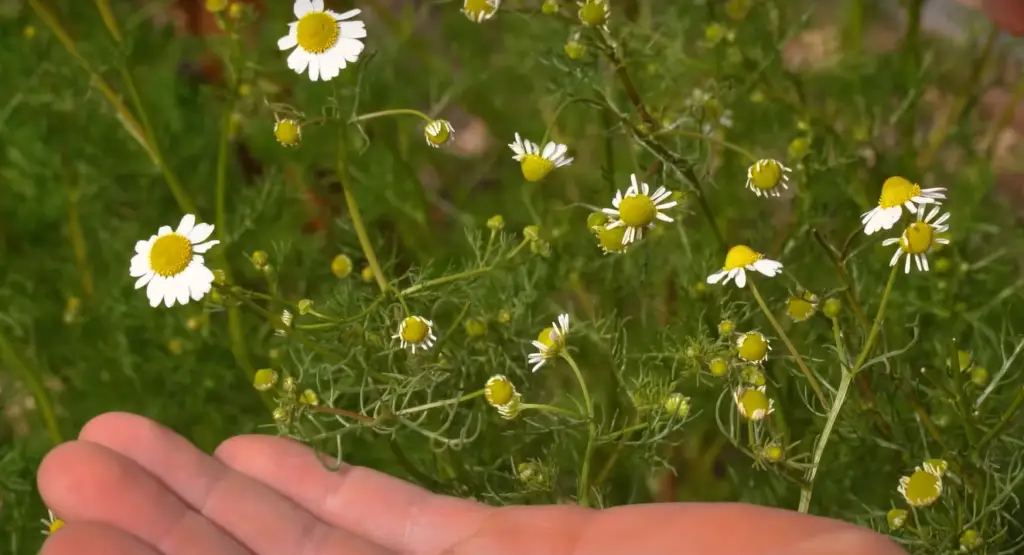
Chamomile also releases a substance that improves the health of nearby plants.
Catnip
Catnip not only repels harmful insects, but also attracts pollinators like bees and butterflies.
Comfrey
Comfrey is a medicinal herb that has a long history of use in traditional healing. This plant is known for its ability to speed up the healing of wounds and broken bones.
Lemon balm
Lemon balm is a member of the mint family and it’s no surprise that it packs a punch.
Marjoram and oregano
Marjoram and oregano are two herbs that are often used together in cooking.
Mints
This plant is a powerhouse!
Rosemary
Rosemary is a member of the mint family, this plant is a force to be reckoned with!
Chives
Chives are a member of the onion family and they’re known for their ability to repel harmful insects.
Coriander
Coriander is a plant in the mint family. It’s no surprise that this plant is such a force.
All these herbs may be planted in early spring or fall.
Dill
Dill is a versatile herb that can be used in many dishes, but it is also a great companion plant. Dill helps to deter aphids and other pests from attacking your other plants. It is best to sow dill seeds directly in the garden, as transplants don’t always take well.
Parsley
Parsley is a biennial herb that grows best in full sun. It can be planted in the spring or fall. In Texas, the best time to plant parsley is from September to November.
Sage herb
Sage is an easy-to-grow plant that tolerates drought and poor soil. It can be planted in early spring or fall. Sage prefers full sun but will tolerate partial shade.
Thyme
This herb is a great addition to any fall garden. Thyme prefers full sun but can tolerate partial shade. It should be planted in well-drained soil and will do best if given a little extra water during dry spells. This herb can be used in both cooking and as a decorative plant.[2]
Thyme is best planted in the fall so it has time to establish itself before the hot summer months.
How to care for vegetable plants
In order to have a bountiful harvest, you need to take care of vegetable plants properly. This includes watering them regularly, fertilizing them when needed, and protecting them from pests and diseases.
Watering
Vegetable plants need to be watered regularly, especially during the hot summer months. Water them in the morning or evening so that the leaves have time to dry before nightfall. Be sure to check the soil before watering to make sure it is not too wet or dry.
Fertilizing
Fertilize your vegetable plants every two weeks with a water-soluble fertilizer. Apply the fertilizer according to the package directions, and be sure to water after applying it.
Protecting plants from insects and diseases
Insects and diseases can wreak havoc on a vegetable garden. To prevent them from destroying your plants, you need to be proactive in controlling them.
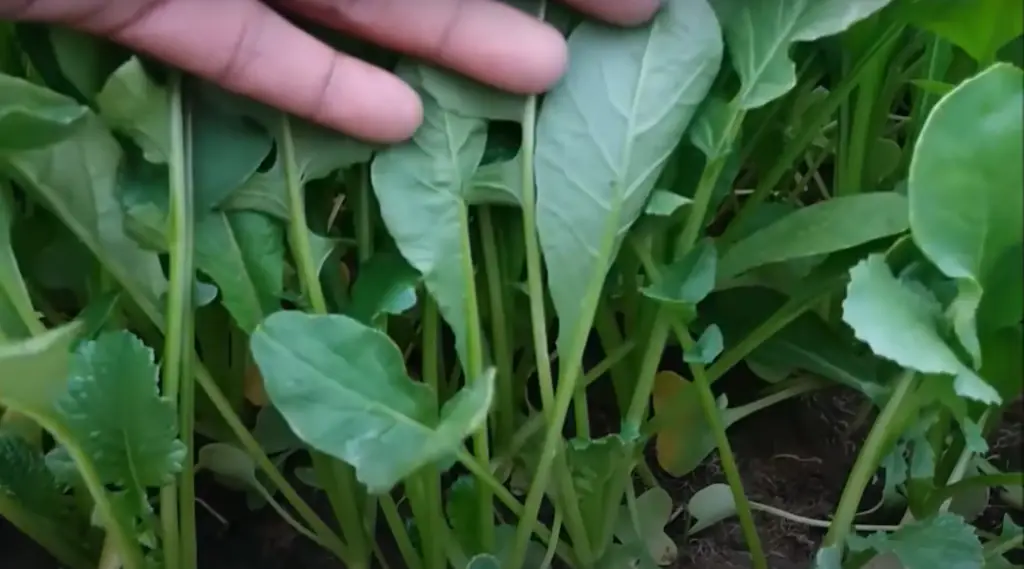
There are a number of ways to control insects and diseases. You can use chemicals, such as insecticides and fungicides, or you can use natural methods, such as traps and barriers. [2]
You should also take steps to prevent pests and diseases from getting into your garden in the first place. This includes keeping your garden clean and free of debris, removing sick or dead plants promptly, and disinfecting gardening tools after each use.
When to Plant a Fall Garden in Texas
Fall gardening in Texas can be a rewarding experience, but knowing the right time to plant various crops is crucial for a successful harvest. This table provides a comparison of different indicators to help you plan your fall garden effectively.
| Vegetable | Optimal Planting Time | Time to Harvest | Preferred Soil Temperature (°F) |
|---|---|---|---|
| Lettuce | Mid-August to Late September | 40 to 70 days | 60 to 70°F |
| Broccoli | Mid-August to Early September | 70 to 100 days | 65 to 80°F |
| Carrots | Mid-August to Late October | 70 to 80 days | 55 to 75°F |
| Radishes | Mid-September to Late October | 20 to 30 days | 45 to 85°F |
| Spinach | Mid-September to Early October | 40 to 50 days | 50 to 70°F |
Explanation of the table:
- Vegetable: The name of the vegetable suitable for fall planting in Texas.
- Optimal Planting Time: The recommended time window to sow seeds or transplant seedlings into the garden.
- Time to Harvest: The approximate number of days it takes for the crop to be ready for harvest from the planting date.
- Preferred Soil Temperature (°F): The range of soil temperatures at which the vegetable thrives best.
By referring to this table, you can strategically plan your fall garden in Texas, ensuring you plant each crop at the right time and create the ideal growing conditions for a bountiful harvest.
FAQ
What can you plant in a fall garden in Texas?
The most common vegetables to plant in a fall garden in Texas are broccoli, cabbage, carrots, kale, lettuce, peas, radishes, and spinach. However, you can also plant onions, potatoes, and turnips.
When should I plant my winter garden in Texas?
The best time to plant your winter garden in Texas is between late summer and November. This ensures that your plants will have enough time to grow before the cold weather sets in. [3]
Once you know when the first frost is expected, count back six to eight weeks on the calendar. This will give you a general idea of when to start planting your winter garden.
Of course, there are always exceptions to the rule. Some plants, such as kale and Brussels sprouts, actually prefer cooler weather and can even tolerate a light frost.
When should you plant a garden in Texas?
The ideal time to plant your garden in Texas is during the fall season. The weather is cooler and the rainfall is typically more consistent during this time, which helps your plants establish deep roots. Plus, you’ll have a head start on the growing season come springtime.[4]
Is it possible to plant a fall garden in Texas?
Yes, it is definitely possible to plant a fall garden in Texas. Texas has a warm climate, which allows for a prolonged growing season even as temperatures start to cool in the fall.
What are the best vegetables to plant in a fall garden in Texas?
Some of the best vegetables to plant in a fall garden in Texas include broccoli, cauliflower, Brussels sprouts, cabbage, kale, collard greens, radishes, and Swiss chard. These cool-season crops thrive in Texas’ fall climate.
When is the ideal time to start planting a fall garden in Texas?
The ideal time to start planting a fall garden in Texas is in late summer or early fall. Aim to begin planting your fall crops in August through early October, depending on the specific vegetables you are growing and your location in Texas.
How can I extend the growing season for my fall garden in Texas?
To extend the growing season for your fall garden in Texas, you can use protective measures such as row covers, cloches, or cold frames. These aids can provide extra insulation and protect your plants from sudden drops in temperature.
Can I plant herbs in my fall garden in Texas?
Yes, you can certainly plant herbs in your fall garden in Texas. Many herbs, like cilantro, parsley, dill, and chives, thrive in cooler temperatures and are suitable for fall planting.
Are there any vegetables to avoid planting in a fall garden in Texas?
Yes, some vegetables are not well-suited for fall planting in Texas due to the warmer climate. It’s best to avoid planting heat-sensitive crops like tomatoes, peppers, and eggplants during the fall season.
How often should I water my fall garden in Texas?
The frequency of watering your fall garden in Texas depends on factors like rainfall and the specific plants you are growing. As a general guideline, provide about 1 to 1.5 inches of water per week, either through rainfall or irrigation.
When should I start harvesting crops from my fall garden in Texas?
Harvesting times will vary depending on the vegetables you’ve planted. Some leafy greens, like lettuce and spinach, can be harvested within 30 to 45 days of planting. Others, like broccoli and cauliflower, may take around 60 to 85 days to mature.
Can I grow root vegetables in a fall garden in Texas?
Yes, you can grow root vegetables in a fall garden in Texas. Vegetables like carrots, beets, turnips, and radishes can be successfully grown during the fall season.
What should I do to prepare my garden for the fall planting season in Texas?
To prepare your garden for the fall planting season in Texas, clear out any spent summer crops, amend the soil with compost, and ensure proper drainage. Additionally, consider applying a layer of mulch to help retain moisture and regulate soil temperature.
Useful Video: North Texas Gardening ~ How to Plant a Fall Garden in Texas
Conclusion
So, when should you plant your fall garden in Texas? Planting should be done in late August through early September when nights are long and days are warm. This will give your plants enough time to mature before the first killing frost. But, with a little planning and preparation, you can enjoy fresh vegetables from your garden all winter long! Happy gardening!
References:
- https://agrilifeextension.tamu.edu/browse/featured-solutions/gardening-landscaping/fall-vegetable-gardening-guide-for-texas/
- https://www.gardeningknowhow.com/garden-how-to/garden-by-region/south-central/herbs-for-hot-texas-summers.htm
- https://neilsperry.com/2016/02/fall-garden-planting-timings/
- https://www.swanhose.com/gardening-during-texas-winter-s/1967.htm





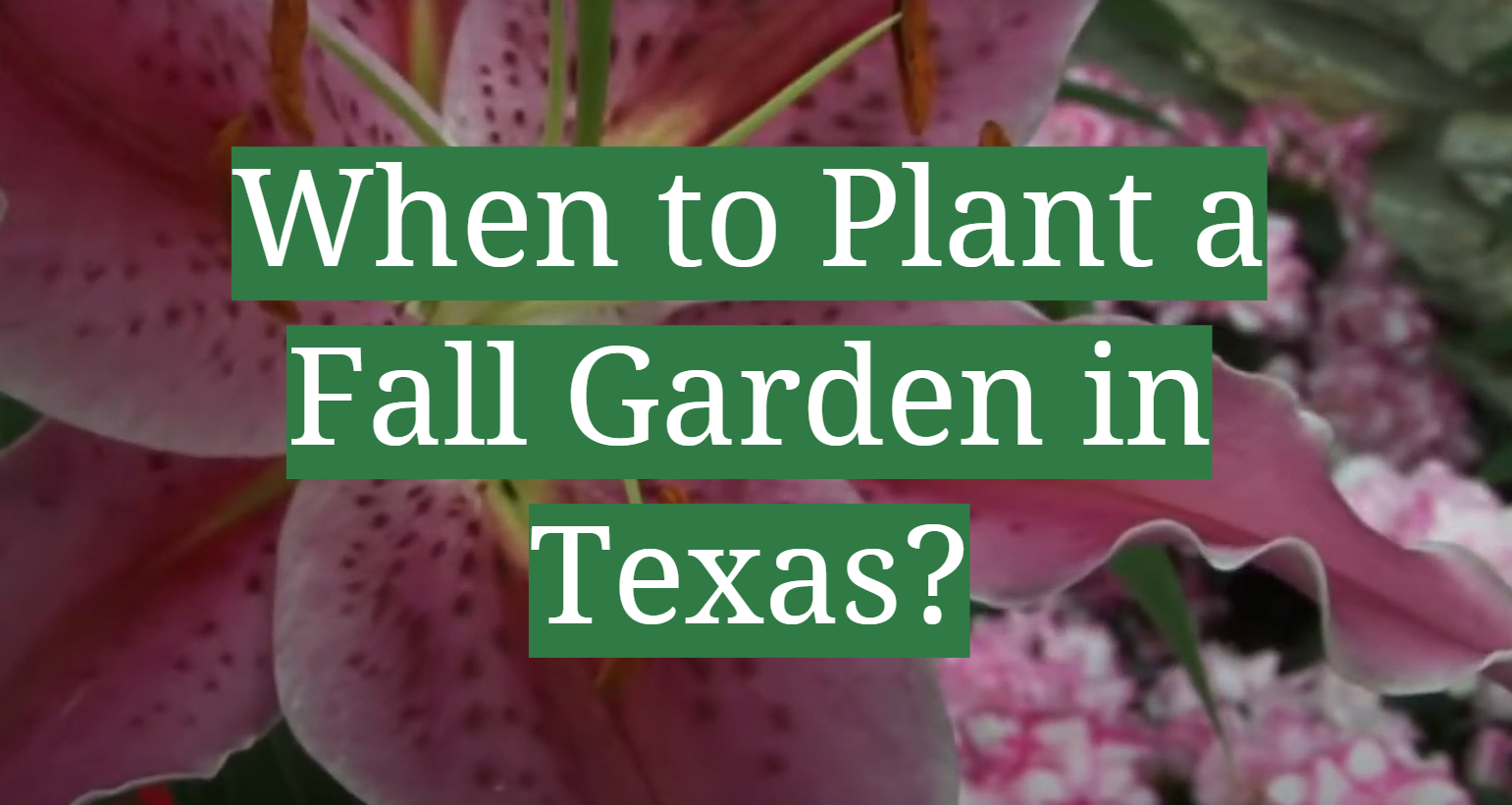




Leave a Reply
View Comments